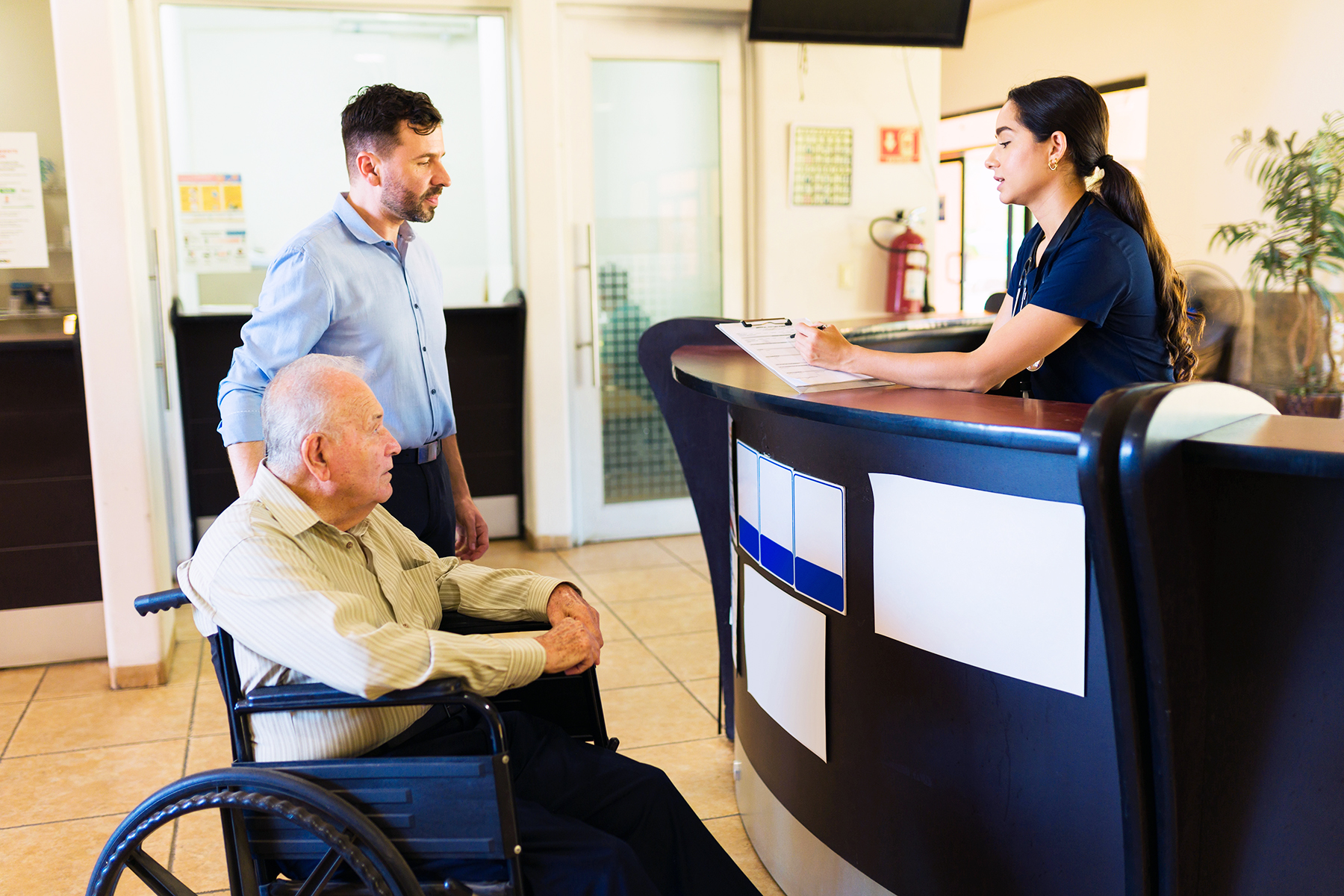
There are no requirements in facilities for coffee temperature. The preferred temperature for brewing is 195 degrees or greater -— but it only takes 1 second for a serious burn to occur from liquids starting at 155 degrees.
The issue with turning the temperature down is that the coffee doesn’t brew as well and people complain about the
flavor -— we can’t turn the coffee machines down low enough to be safe without sacrificing quality. So, the answer is to eliminate the risk of burns by taking preventative steps: locking machines, moving the machines, making public coffee only available in air pots, using travel mugs with spill-resistant lids, etc.
If burns are happening from coffee pots -— leave pots open in the kitchen after filling, before covering and putting in resident reach or add ice cubes to the pot to achieve a safer, yet still palatable temperature.
Time and Temperature for Water to Cause a Serious Burn in a Healthy Adult
155ºF 68ºC 1 second
140ºF 60ºC 5 seconds
127ºF 52ºC 1 minute
120ºF 48ºC 5 minutes
100ºF 38ºC safe bathing temp
For more information on health and safety practices visit our website at srcaresolutions.net.






















